Navigating Through Texas Law
The distribution of trust assets stands as a crucial phase in the lifecycle of a trust. This process, especially under Texas law, encompasses a spectrum of legal, financial, and emotional dimensions. Trusts, by their nature, serve as vehicles for asset management and transfer, aiming to fulfill the grantor’s intentions with precision and care.
Imagine stumbling upon a treasure map with “X” marking the spot where fortunes await. Now, envision this map is a trust, and the treasure is the distribution of trust assets. Intrigued? You should be, especially if you’re navigating the waters of trust management within the great state of Texas. This is not just about wealth; it’s a journey filled with legal twists, financial turns, and the occasional emotional rollercoaster. Welcome to the world where assets meet their new owners, and every decision is a step towards fulfilling a grand plan laid out by someone who wanted to leave a legacy.
Why should you keep reading?
Because whether you’re a trustee bracing for the responsibility of managing a trust, a beneficiary eager to understand what’s coming your way, or simply curious about how this all works in Texas, this article is your compass. We’ll dive into understanding trust funds, unravel the roles and responsibilities of trustees, and explore the types of assets that might be under your care. Plus, we’ll guide you through the process of distribution, touch on the legalities, and even sprinkle in some real-life examples to keep things grounded.
In short
This blog is your treasure map to the distribution of trust assets in Texas. With a playful tone and anecdotes to boot, we’re making this journey engaging and informative. So, why keep reading? Because by the end, you’ll not only grasp the complexities of trust distribution but also appreciate the art and science behind it. Let’s embark on this adventure together, shall we?
Understanding Trust Funds
At the core, trust funds are established to safeguard assets for future distribution. They split into two main types: revocable, allowing changes by the grantor, and irrevocable, which are set in stone once created. Each type dictates different strategies for asset distribution.

Roles and Responsibilities of Trustees
Trustees bear the weighty responsibility of managing and distributing trust assets. Their duties extend beyond mere administration; they must act in the best interest of the beneficiaries, guided by the trust’s terms and legal obligations. Ethical considerations also play a significant role, ensuring fairness and transparency.
| Duty of Trustees | Description |
| Asset Management | Trustees must manage the trust’s assets prudently, ensuring they are invested wisely and remain secure for future distribution. |
| Beneficiary Communication | They are responsible for keeping beneficiaries informed about the trust’s status, including any changes or decisions affecting their interests. |
| Adherence to Trust Terms | Trustees must strictly follow the terms set forth in the trust document, distributing assets exactly as the grantor specified. |
| Legal and Ethical Obligations | They are bound by law to act in the best interest of the beneficiaries, avoiding conflicts of interest and ensuring fair treatment of all involved. |
| Tax and Accounting Compliance | Trustees must ensure the trust complies with all relevant tax laws and accounting practices, filing any required documents with the appropriate authorities. |
| Dispute Resolution | In the event of disputes among beneficiaries or between beneficiaries and trustees, trustees must work towards a resolution, potentially seeking legal advice if necessary. |
| Distribution Execution | Finally, trustees execute the distribution of assets to beneficiaries according to the trust terms, which may involve liquidating assets, transferring titles, and so on. |
Types of Trust Assets
Assets within trusts can vary widely, from real estate and stocks to personal items. Each asset type requires a tailored approach to distribution, considering its unique characteristics and the beneficiaries’ needs.
The Process of Distributing Trust Assets
Distribution is a meticulous process. It follows the trust’s guidelines and legal requirements, ensuring beneficiaries receive their shares without dispute. This process often involves validating the trust, appraising assets, and managing potential debts before any distribution.

Trust Distribution Rules and Guidelines
In Texas, trust distribution is governed by specific statutes and common law principles. These laws provide a framework for trustees, outlining their duties and the methods for distributing assets according to the trust’s terms.
Tax Implications of Trust Distribution
The tax consequences of distributing trust assets can be complex. Both the trust and beneficiaries may face tax obligations, influenced by the type of assets and the manner of distribution. Understanding these implications is essential for effective trust management.
Dispute Resolution in Trust Distributions
Disputes, while unfortunate, can arise during distribution. Texas law offers mediation and litigation as paths to resolution, aiming to uphold the trust’s terms while addressing the concerns of all parties involved.
Impact of Trust Distribution on Beneficiaries
Receiving assets from a trust can significantly impact beneficiaries, affecting their financial planning and management. It’s crucial for beneficiaries to understand their rights and the nature of their inheritance.
Case Studies on Trust Distribution
Real-life examples provide invaluable insights into the challenges and solutions within trust distribution. These stories highlight the importance of meticulous planning and legal guidance.
Estate Planning and Trust Distribution
Effective estate planning ensures that trust distribution aligns with broader financial goals. It requires careful coordination, ensuring assets are transferred smoothly and tax-efficiently.
The Role of Trust Protectors in Asset Distribution
Trust protectors are emerging as key figures in overseeing trust administration. They offer an additional layer of oversight, particularly useful in complex or high-value trusts.
Digital Assets in Trusts
The rise of digital assets, such as cryptocurrencies, poses new challenges for trust management. Trustees must adapt to include these assets in their distribution plans, recognizing their unique characteristics.

International Trusts and Asset Distribution
For trusts spanning multiple jurisdictions, distribution becomes a dance with varied legal systems. Trustees must navigate these complexities to ensure assets are distributed without violating international laws.
Charitable Trusts and Distribution
Charitable trusts serve broader purposes, benefiting organizations and causes. Their distribution strategies often aim to maximize impact while taking advantage of tax benefits.
Succession Planning and Trust Assets
Succession planning is about ensuring continuity. It involves preparing for the transfer of management and distribution roles to future generations, safeguarding the trust’s long-term goals.
The distribution of trust assets in Texas is a multifaceted process, demanding diligence, legal knowledge, and a deep understanding of the grantor’s intentions. Whether you’re a trustee, a beneficiary, or someone planning to establish a trust, navigating this landscape requires careful planning and, often, professional guidance. By understanding the complexities involved, you can ensure that the distribution process aligns with the trust’s objectives, providing peace of mind for all parties involved.

And there you have it, all about Distribution of Trust Assets
The grand finale of our treasure hunt through the intricate maze of trust asset distribution in Texas. Like the final scene of an epic adventure movie, we’ve navigated through legal jungles and dived into deep financial caverns, all to uncover the secrets of successfully transferring wealth from one generation to the next. It’s been quite the ride, hasn’t it?
But what’s the treasure, you ask?
Knowledge, my friends. The golden insights that empower trustees to manage their duties with confidence and enable beneficiaries to receive their inheritance with clarity. Our journey has shown us the maps to understanding, the compasses of responsibility, and the keys to unlocking the chests of assets waiting to find their new homes.
So, why should you have kept reading till now?
Because armed with this treasure trove of information, you’re no longer just a bystander in the world of trusts. You’re a seasoned explorer, ready to chart your own course through the complexities of trust distribution with ease and finesse.
Remember, every trust is a story, and every distribution is the closing chapter of a well-planned saga. Thanks for joining me on this adventure. Here’s to navigating your trust tales with the expertise of a true treasure hunter!

Other Related Articles:
- What are the pros and cons of a trust?
- Divorce Division of Assets in Texas: Where Love and Law Collide
- Splitting Assets in Texas? Read This First!
- Estate Planning For Texas Entrepreneurs: Protecting Your Business and Personal Assets
- The top pros and cons associated with trust creation
- Unlocking the secrets of irrevocable trusts
- Can I Make Changes To My Trust (and other documents)?
- Trusts in Texas Estate Planning: When and How To Use Them
- The Benefits of a Living Trust in Texas: Is It Right for You?
- How long does an executor have to distribute assets?
Frequently Asked Questions
In Texas, a trustee should distribute assets in a timely manner, typically within 12 to 18 months, depending on the complexity of the trust.
Trust assets are distributed according to the terms set by the grantor in the trust document, which may involve direct transfers, sales of assets, or other methods as specified.
Texas trust laws are governed by the Texas Trust Code, which outlines the creation, management, and termination of trusts, including the duties of trustees and rights of beneficiaries.
In Texas, trust beneficiaries have the right to be informed about the trust and its administration, to receive distributions as specified in the trust document, and to challenge trustees’ decisions if they believe them to be in violation of the trust terms or law.








